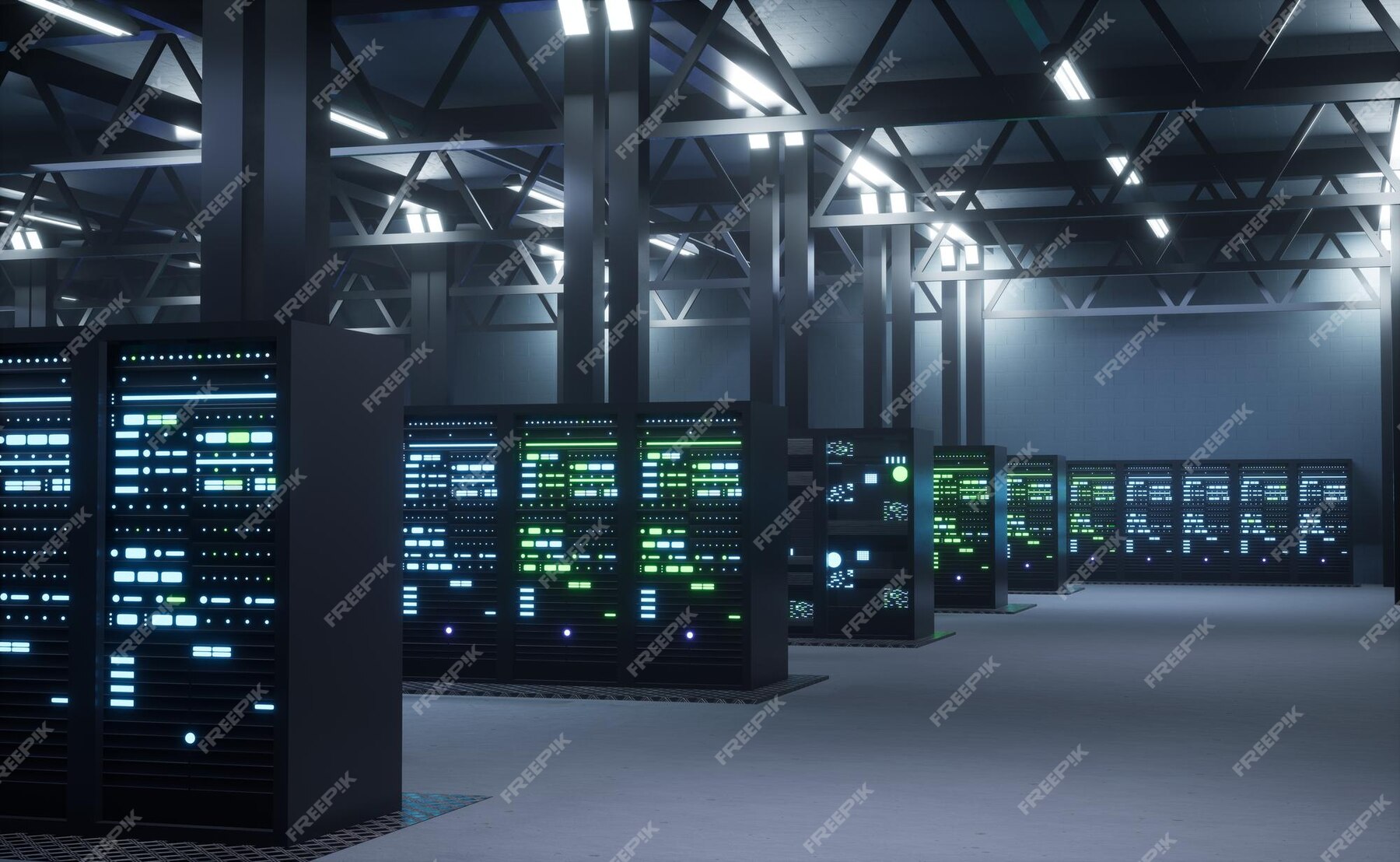Building a Resilient IT Infrastructure: Steps to Ensure Business Continuity in the Digital Era
The IT industry is growing super fast. Businesses and talents from around the world join this force, pursuing creating something great. As of now, global spending is about $5.3 trillion. This growth brings big opportunities. But it also has risks. Disruptions can happen anytime, and robust systems alone aren’t enough.
From day-to-day tasks to long-term growth, tech supports numerous processes in every business. IT infrastructure needs to be flexible to handle the unexpected. Ensuring a superior level of resilience is key here.
So, how do you build that strength? Let us guide you through the steps to ensure your business stays secure and on track.
What Is IT Infrastructure?
Technology is at the heart of just about every business in every industry. It drives the work employees do on a daily basis and powers the products and services you offer. Technology includes different physical equipment and software. It also covers cloud services and data storage solutions.
Here’s the thing: when your IT infrastructure is flexible, reliable, and secure, it provides your business with the right tools. These tools help you stay ahead of the competition. They also enable you to hit your goals with confidence.
With the right IT infrastructure, your company can:
- Keep customers happy by ensuring smooth access to your website, online store, or any other platform;
- Bring new solutions to market fast so you’re always one step ahead;
- Collect real-time data to make smart decisions quickly;
- Boost employee productivity thanks to the right tools for efficient performance.
A solid digital infrastructure can make or break your bottom line. It’s the backbone supporting everything. A well-designed and connected IT infrastructure can improve communication, operations efficiency, and overall productivity.
The Importance of Strong IT Systems for Business Stability
A sudden system crash, power outage, or hacker attack shouldn’t bring everything to a halt. These things are bound to happen at some point. That’s why your IT systems need to be ready to recover fast. This way, your business processes can run smoothly, no matter what.
So, what happens if your systems aren’t strong enough? Well, the risks are huge. IT failures go beyond just technical problems.
Picture this: your systems are down for hours, maybe even days. It’s a total disaster. Your wallet suffers, your reputation is damaged, and everything just stops in its tracks. But this all could have been prevented.
That’s the real example in which having a strong, reliable IT infrastructure is a must. It keeps things running smoothly, saves you money, and helps your business thrive no matter what.
What Makes IT Infrastructure Resilient?
An optimal IT infrastructure is built to meet business needs while delivering key benefits. No matter the business, every enterprise should aim for:
- High-performance storage systems back up data and include disaster recovery options;
- Low-latency networks use top-tier components to cut data delays and boost speed;
- Secure infrastructures control data access and protect against breaches, ensuring customer trust;
- WANs prioritize traffic, giving key apps more bandwidth when needed;
- Virtualization speeds up server provisioning, improves uptime, boosts disaster recovery, and saves energy;
- Zero downtime eliminates disruptions, keeping your business running smoothly and costs down.
These elements create a reliable framework for your business. They ensure that your critical operating systems, applications, and infrastructure stay up and running. So, even in the event of a disaster or disruption, your IT infrastructure’s integrity stays safe and sound.
Steps to Creating an Effective Strategy for a Resilient IT Infrastructure
When building a resilient IT infrastructure, you need to ensure that your systems can withstand a disaster and keep running. Let’s learn how to do it right.
1. Know Your Risks
Building a resilience strategy starts with figuring out your business’s must-have functions. You need to know what “normal” looks like and set the minimum service levels to keep things running when things go wrong.
Start by figuring out what could go wrong. Cyber-attacks? Power outages? Hardware failures? Natural disasters?
Make a list of everything that could throw a wrench in your systems. Then, prioritize. What’s most likely to happen? What could hurt your business the most? This helps you focus your energy where it counts.
2. Build Redundancy
Redundancy is your safety net. The goal is to have backups in place for everything critical to your operations. Here’s how to do it:
- Servers. Use clusters or virtual machines. If one goes down, another takes over.
- Storage. Replicate data by using RAID or cloud backups to keep data safe.
- Networking. Have multiple network routes. If one goes down, traffic reroutes automatically.
- Power. Uninterruptible power supplies (UPS) and generators will help keep everything running during power outages.
Furthermore, add failover mechanisms, too. These automatically reroute traffic or workloads to your backups when something breaks. That way, you’re always covered.
3. Go Hybrid with Cloud
Cloud technology is a game changer for resilient IT. It’s flexible and scalable. In addition, it boosts data protection. Moving your critical systems to the cloud means less reliance on physical hardware and more uptime. Cloud providers have data centers in different locations. If one area goes down, your business keeps running.
The cloud is awesome for scaling, remote access, and saving money. But relying on it alone can be risky. Outages happen, and compliance can be tricky.
On-premises systems? They’re secure and give you full control. But they’re hard to scale up.
Combining on-premises solutions with cloud-based innovations often benefits from expert product engineering services that ensure efficient integration and adaptability to evolving business needs.
You don’t have to put all your eggs in one basket. Instated, take a hybrid approach: keep important stuff secure on-site and use the cloud for backups and scaling. It gives you the right level of flexibility and control. If one fails, the other will continue to function.
4. Backup Your Data, Always
Your data is your lifeblood. Protect it. Implement a solid backup plan.
- Regular backups. Backup data regularly, daily, hourly, whatever you need.
- Offsite backups. Store copies of your data away from your main systems. If something happens on-site, your data’s safe.
- Automated backups. Set it and forget it. Automating backups ensures they’re done on time.
Also, make sure you have a solid disaster recovery plan (DRP). It lets you know exactly how you’ll get your data back and get systems up and running after an event. Test it regularly to ensure it works when you need it most.
5. Lock Down Your Network
Proper patch management strategies are essential to keeping IT systems secure, addressing exposed vulnerabilities by regularly updating software and applying the latest patches. This proactive approach not only strengthens infrastructure against cyber threats but also ensures operational continuity without facing unexpected downtime.
Cybersecurity threats are circulating all around the Internet. And they’re a huge risk to your business. So, security is crucial. A single cyber-attack could ruin your infrastructure. So, you need layers of protection:
- Firewalls block out threats before they get to your systems;
- Intrusion Detection Systems (IDS) closely monitor your network infrastructure to shut down any dubious activity;
- Encryption protects sensitive data;
- Multi-factor Authentication (MFA) enhances security level by requiring more than just a password;
- Patches help regularly update your software to fix vulnerabilities and old information.
These strong cybersecurity measures won’t let a cyberattack slip in. They efficiently work together to protect your IT infrastructure from hackers and keep your data safe.
6. Have a Plan for When Things Go Wrong
Business operations experience various issues, such as tech malfunctions, cyber-attacks lurking everywhere, and natural disasters. These are all part of the modern digital landscape.
Such disruptions are inevitable, and no system is immune. What really matters is how fast you can bounce back. So, another critical prerequisite for a stable business in the digital era is having an incident response plan (IRP).
An IRP lays out exactly what to do when trouble hits. It helps you spot threats, limit damage, and get things back to normal. A solid plan means your team can act fast and stay focused. It should address the following questions and tasks:
- How to spot problems early so you can take action fast;
- A team ready to respond to issues immediately;
- Everyone needs to know what’s going on, from employees to customers;
- Post-incident review, where you learn from every incident. What went wrong? What can you do better next time?
The result? Less downtime and better protection for your critical assets. Preparation today makes all the difference when disaster strikes. Having a playbook for crises ensures that when something breaks, you can fix it quickly.
7. Test Your Systems Regularly
Regular testing is key to a solid disaster recovery plan. Find weak spots and fix them by performing different tests:
- Load testing. Simulate traffic spikes to see if your system can handle the pressure.
- Penetration testing. Try to break your own systems before the hackers do.
- System monitoring. Keep an eye on everything, including performance, health, and security. Early detection is key.
Regular testing ensures your infrastructure is still up to the task. Learn from each test and improve your plan. The more you do this, the better prepared you’ll be for anything.
8. Train Your Team
Your people are the first line of defense. Make sure they’re ready.
Don’t think that only tech is responsible for maintaining resilience in your infrastructure. People are, too. Regularly train your team on best practices.
Include occasional tests on how to spot phishing emails, presentations about why strong passwords matter, and how to report security incidents. The more they know, the less likely they are to fall for a trick.
Conclusion
Building a resilient IT system doesn’t require expensive tech or huge financial resources. It’s more about being smart and prepared. This is key for business continuity and digital transformation.
Just face it. Things will go wrong at some point. But if you’ve planned ahead, your business will keep running smoothly. If you take these practical steps today, you can save your big headaches tomorrow.




